
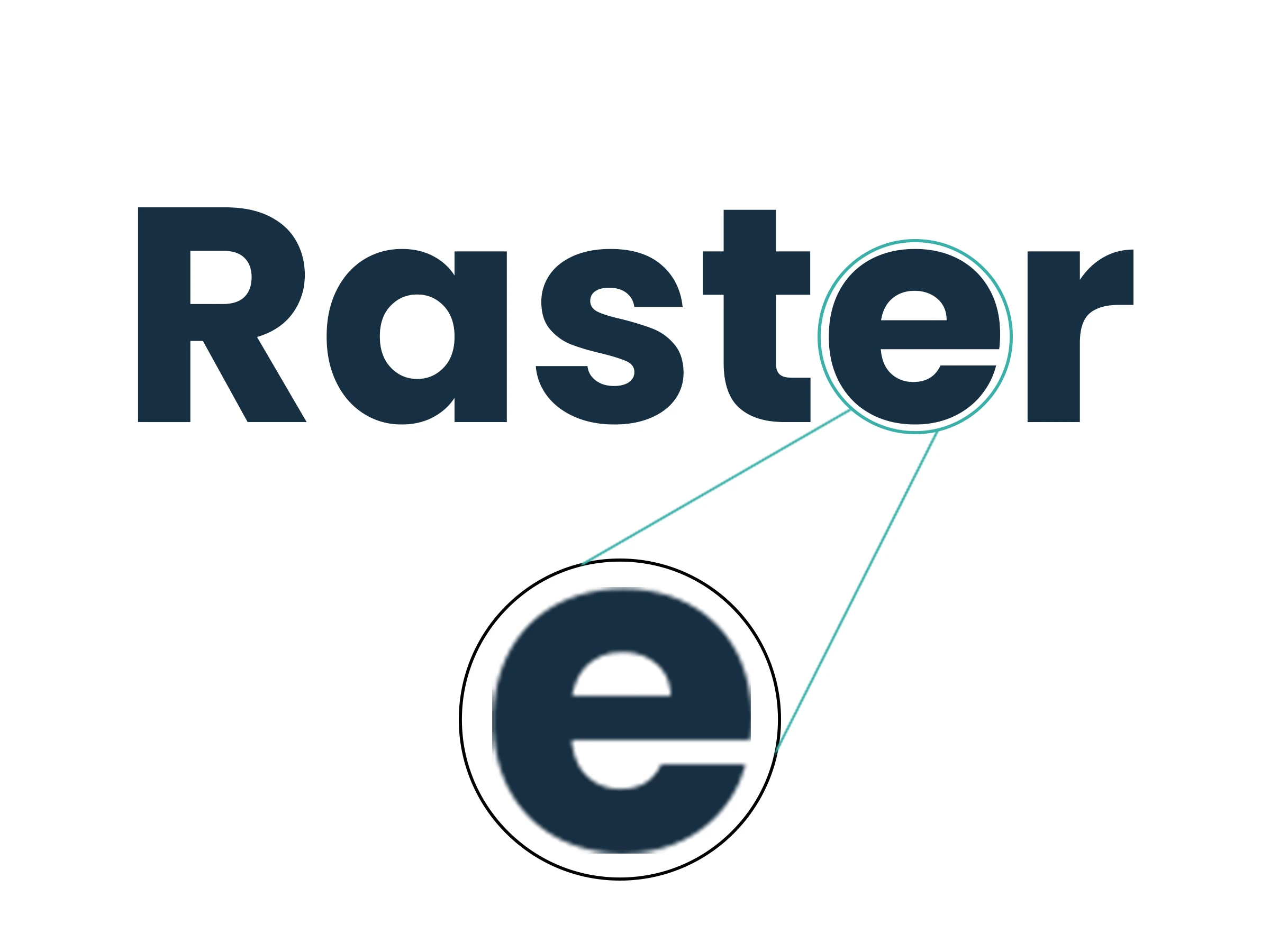
Raster images are composed of a grid of small pixels, each with a distinct color or shade. These pixels work together to create the image, making raster files suitable for images and intricate graphics with complex color changes. Raster images are resolution-dependent, which means their quality is directly linked to their pixel density, which is usually determined in dots per inch (DPI). Extending a raster image beyond its initial resolution sometimes results in a blurred or pixelated look.
Commonly used in digital photography and web graphics, raster images provide unmatched detail and color depth. They are best suited for complex designs where gradients and textures play an important role. However, their reliance on resolution can make them challenging to scale, especially for larger formats like billboards or embroidery digitizing where clarity at all sizes is essential.
.webp) Vector images, in contrast, are composed of paths defined by mathematical formulas. These paths consist of points, lines, and curves, which create shapes and outlines that are infinitely scalable without any loss of quality. Unlike raster images, vector graphics are resolution-independent, making them perfect for designs requiring flexibility across different sizes and applications.
Vector images, in contrast, are composed of paths defined by mathematical formulas. These paths consist of points, lines, and curves, which create shapes and outlines that are infinitely scalable without any loss of quality. Unlike raster images, vector graphics are resolution-independent, making them perfect for designs requiring flexibility across different sizes and applications.
Typically used for logos, typography, and illustrations, vector images excel in simplicity and precision. They ensure that your designs remain sharp and clear, whether displayed on a business card or a large banner. This makes them the best choice for your design, where precision and scalability matter.
Raster and vector images differ fundamentally in structure, resolution, scalability, and usage. Raster images depend on pixel grids, which limit their scalability, while vector images use mathematical paths, ensuring clarity at any size. Raster images are good for complex, detailed visuals, while vectors are preferred for sharp, clean designs.
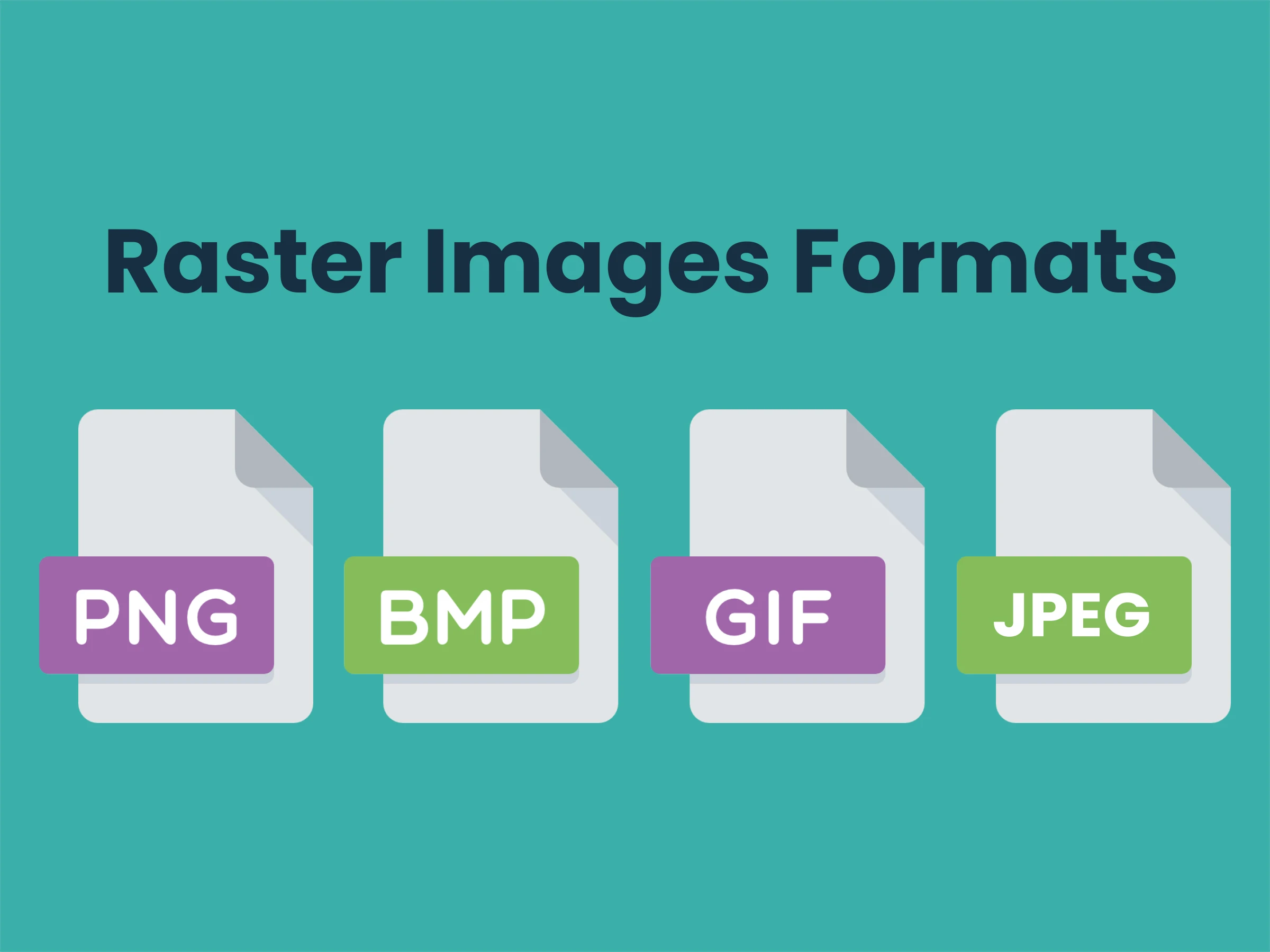 Raster images come in a variety of formats, each with specific use cases:
Raster images come in a variety of formats, each with specific use cases:
JPEG: Best for photographs, has lossy compression to reduce file size.
PNG: Good for web graphics; supports transparency with lossless compression.
GIF: Used for basic animations, limited to 256 colors.
BMP: An uncompressed format with large file sizes, that provides high-quality visuals.
Each format has unique purposes, from preserving detailed photographs to creating web-friendly images.
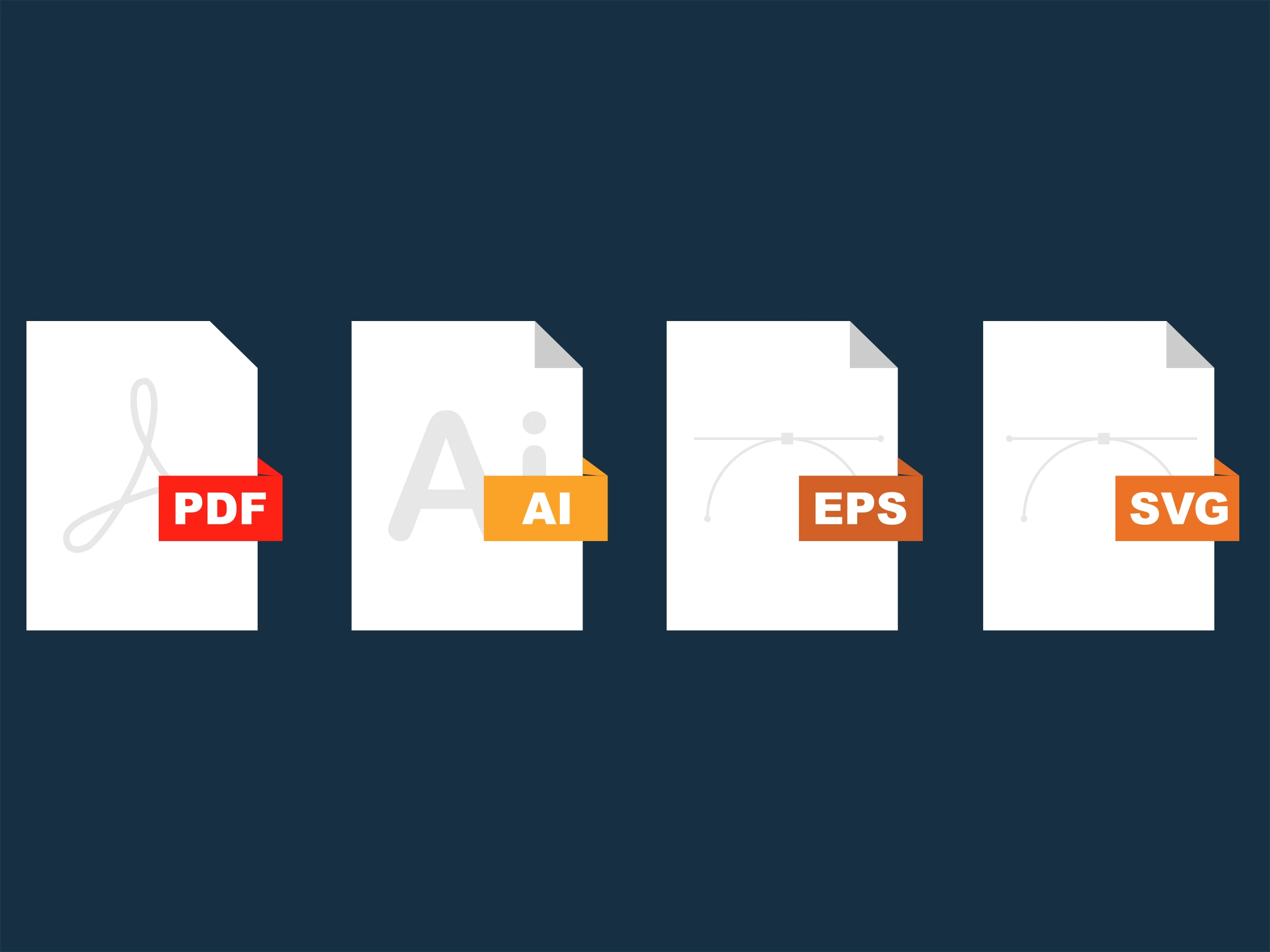 Vector file formats are designed for scalability and precision:
Vector file formats are designed for scalability and precision:SVG: Widely used for web graphics, supports interactivity and animation.
AI: Adobe Illustrator’s native format, best for editing vector designs.
EPS: A versatile format compatible with most design software.
PDF: Often used for print and sharing, supports both vector and raster elements.
These formats ensure that your designs remain sharp and adaptable, regardless of the output size or medium.
Raster images excel in detail and realism but come with limitations.
High detail and color depth.
Suitable for realistic and complex visuals.
Widely supported across platforms.
Resolution-dependent, leading to pixelation when scaled.
Larger file sizes compared to vector images.
Limited scalability for large formats.
Vector images have unmatched scalability and accuracy. However, they may not be good for all scenarios.
Infinitely scalable without quality loss.
Smaller file sizes, make them efficient to store and share.
Perfect for clean, sharp designs like different types of logos and typography.
Limited in rendering complex color gradients and photographic details.
Requires specialized software for editing.
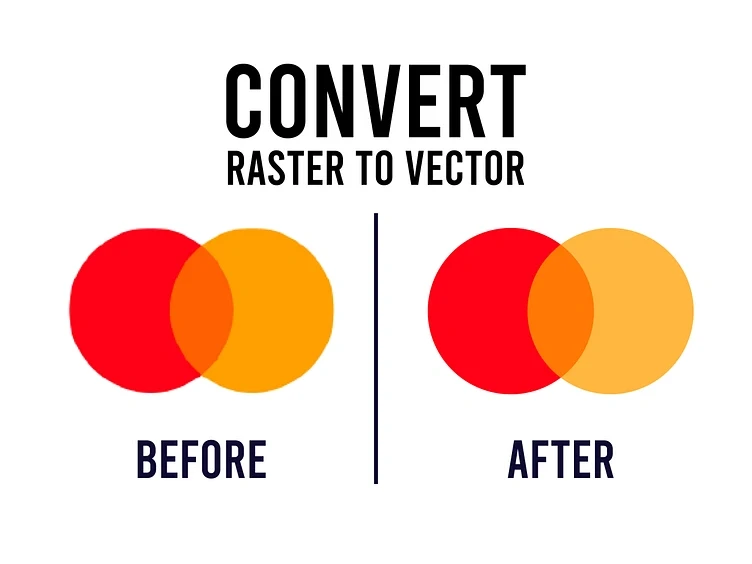
Converting raster to vector involves tracing the pixel-based image into scalable paths. Both manual and digital processes are available for this process::
Step 1: Choose a software like Adobe Illustrator or CorelDRAW.
Step 2: Open your raster file types(JPEG, PNG) in the software.
Step 3: Use the auto-trace feature to create vector paths or manually trace the design for precision.
Step 4: Adjust colors, shapes, and layers to refine the design.
Step 5: Save the file in a vector format such as SVG or AI.
Vector graphics are versatile and widely used across industries:
The highest quality raster format depends on your needs. TIFF (Tagged Image File Format) is often considered the best for preserving image quality due to its lossless compression. It’s widely used in professional photography and printing.
Choose raster or vector based on your project requirements:
Use Raster When:
Working with detailed photographs or complex color gradients.
Designing for web use with specific resolutions.
Use Vector When:
Creating logos, typography, or scalable graphics.
Preparing files for embroidery digitizing or large-format printing.
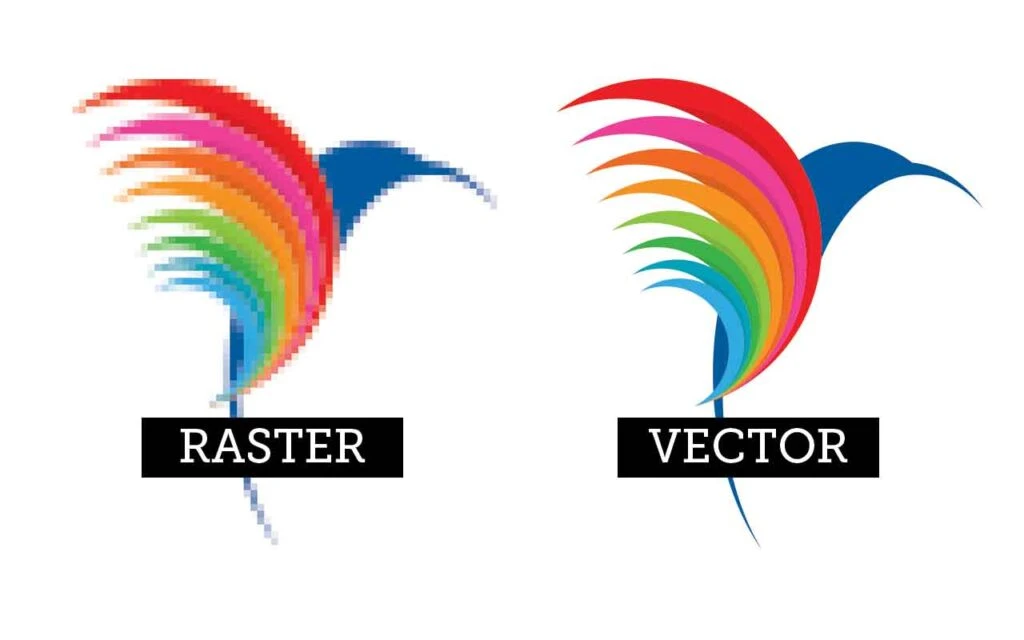
Raster is the go-to choice for detailed visuals like photographs and realistic designs. However, it falls short in scalability, making vector graphics more suitable for projects requiring size flexibility. Vectors shine in professional fields like embroidery digitizing, where precision and adaptability are essential. Both formats have their place, and understanding when to use each ensures optimal results for your projects.
Understanding the differences between raster and vector images is key to choosing the right format for your needs. Raster images have unparalleled detail for intricate designs, while vector graphics provide scalability and precision. For embroidery digitizing and design, vector formats are often preferred due to their adaptability and sharpness.
Nick William has been immersed in the world of embroidery digitizing for over 20 years, earning 25 industry awards throughout his career. As a 3rd generation embroidery expert, Nick’s journey started in his family’s workshop, where he learned the art of digitizing before the rise of modern software. He has worked with leading commercial embroidery businesses and has shared his expertise with over 75,000 home and professional embroiderers. As an author at True Digitizing, Nick is passionate about teaching others how to create beautiful, precise designs through easy-to-follow tutorials and expert advice.
Categories
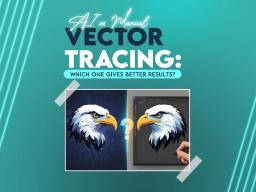
AI vs Manual Vector Tracing: Which One Gives Better Results?
06-11-2025
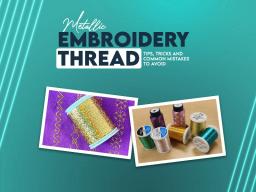
Metallic Embroidery Thread | Tips, Tricks and Common Mistakes to Avoid
04-11-2025
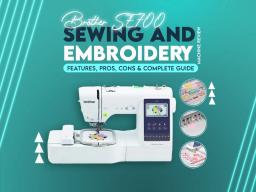
Brother SE700 Sewing and Embroidery Machine Review | Features, Pros, Cons & Complete Guide
28-10-2025
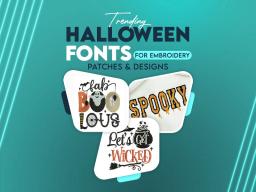
Trending Halloween Fonts for Embroidery Patches & Designs
23-10-2025
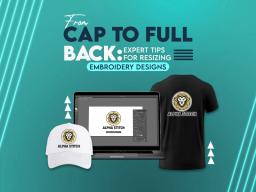
From Cap to Full Back: Expert Tips for Resizing Embroidery Designs
22-10-2025
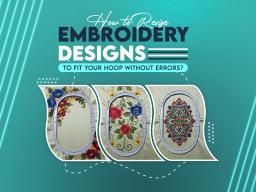
How to Resize Embroidery Designs to Fit Your Hoop Without Errors?
17-10-2025
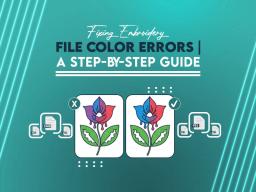
Fixing Embroidery File Color Errors | A Step-by-Step Guide
15-10-2025
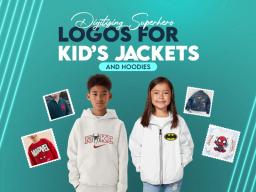
Digitizing Superhero Logos for Kids’ Jackets and Hoodies
09-10-2025

Trendy Embroidery Keychains for Teens & Gen Z Fashion Lovers
02-10-2025

5 Questions to Ask Before Hiring an Embroidery Digitizing Provider
30-09-2025